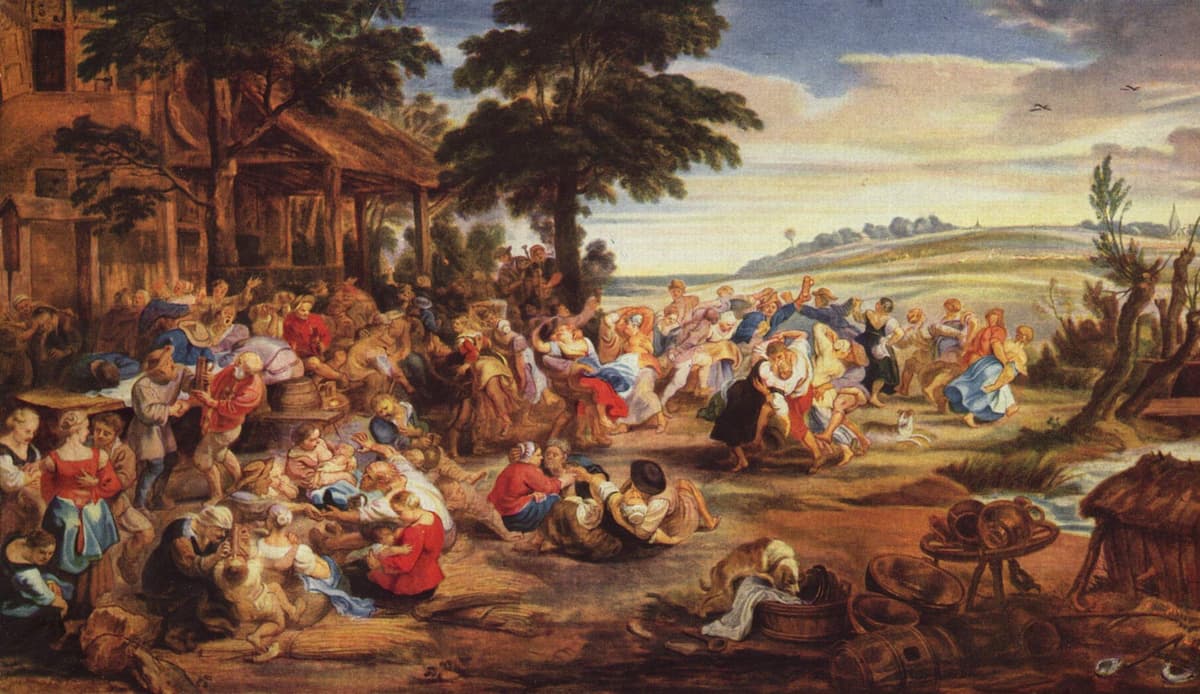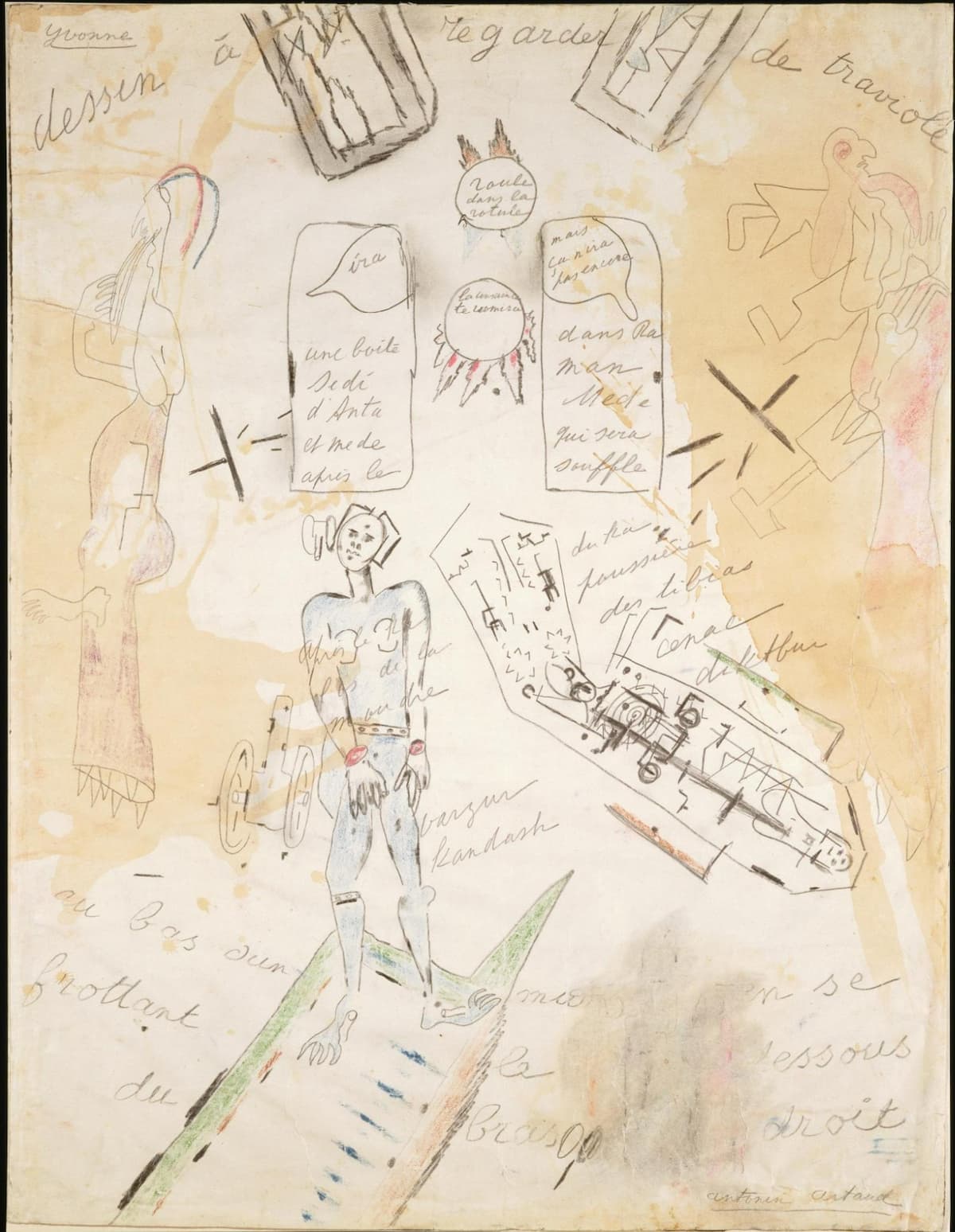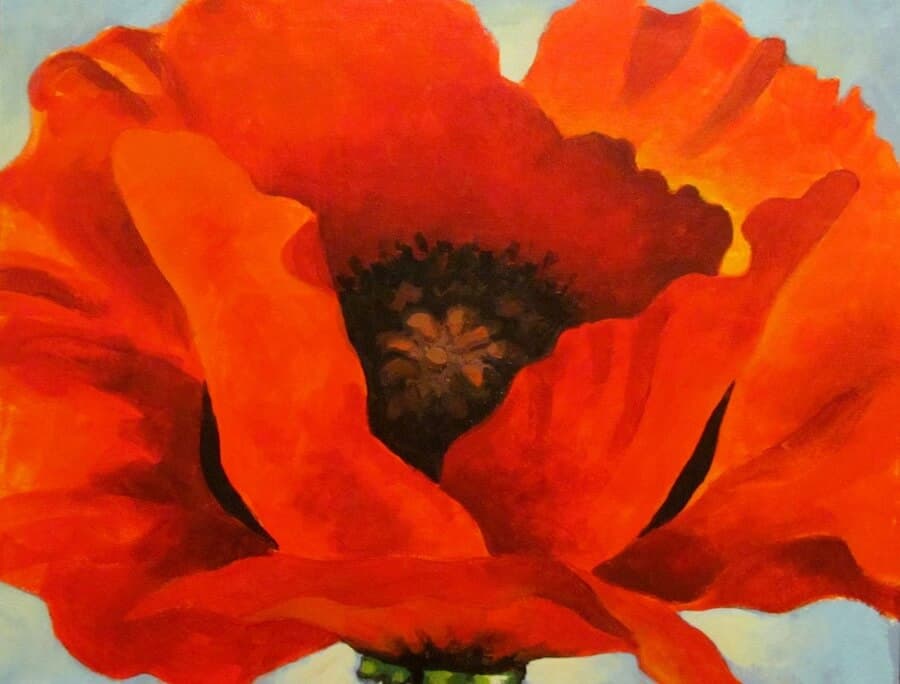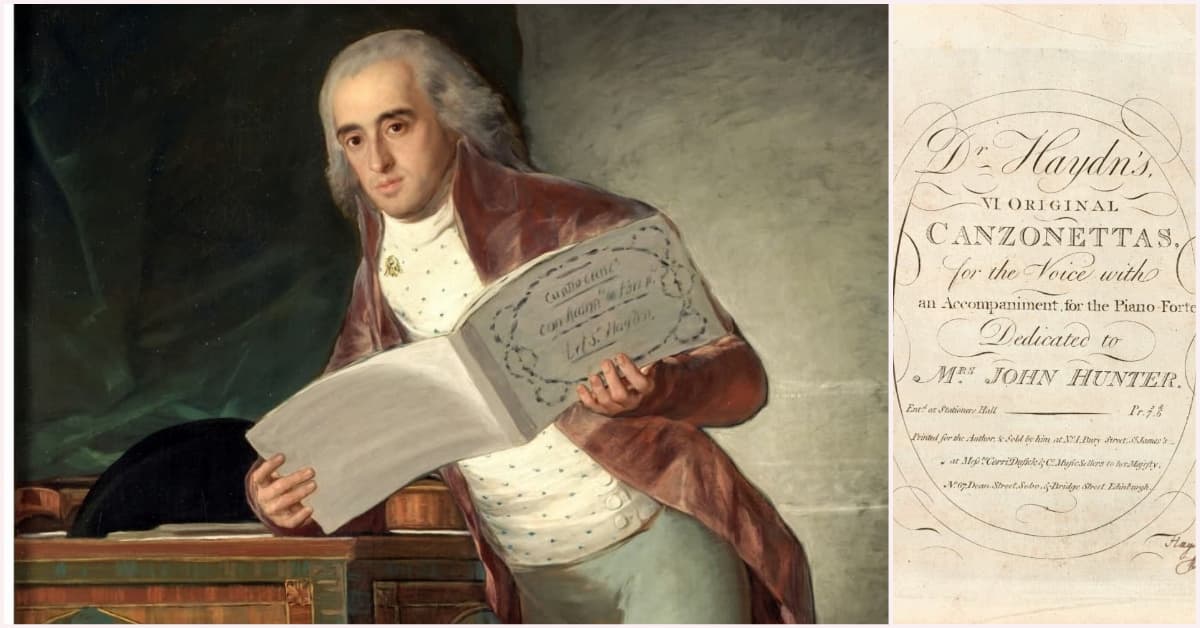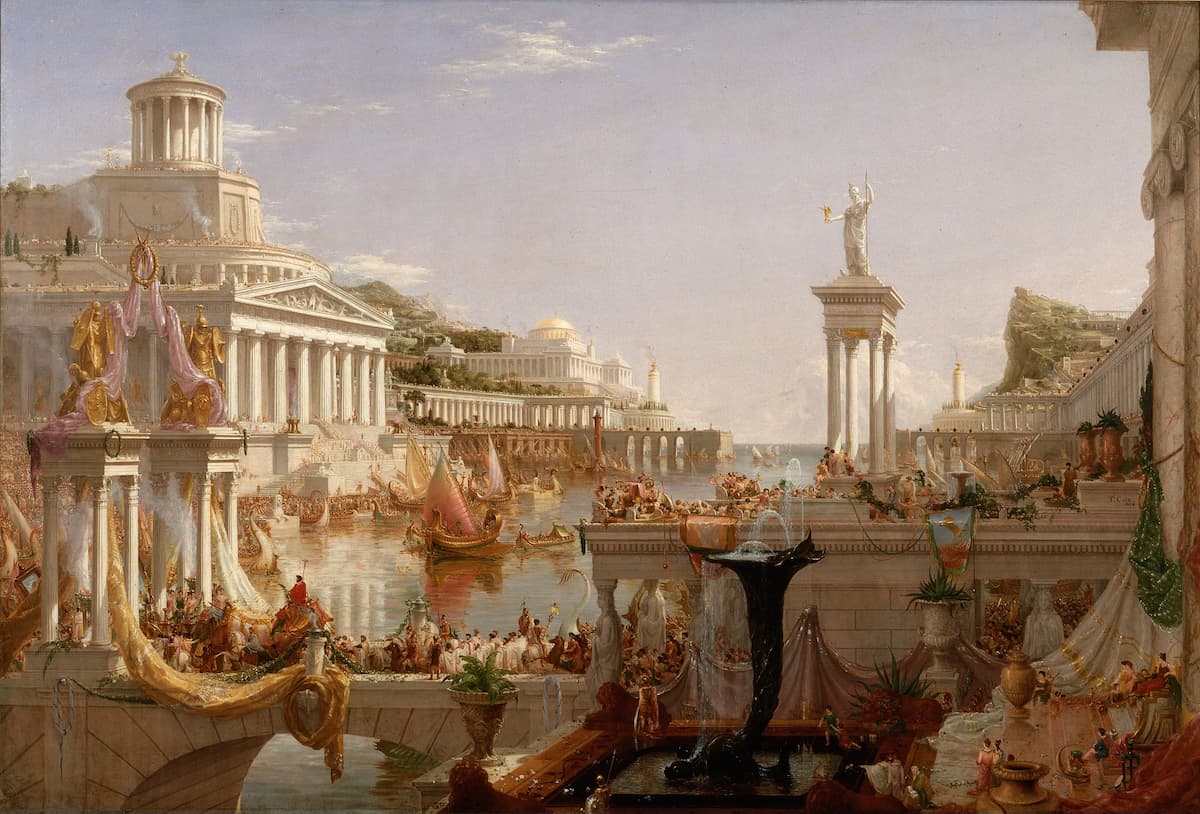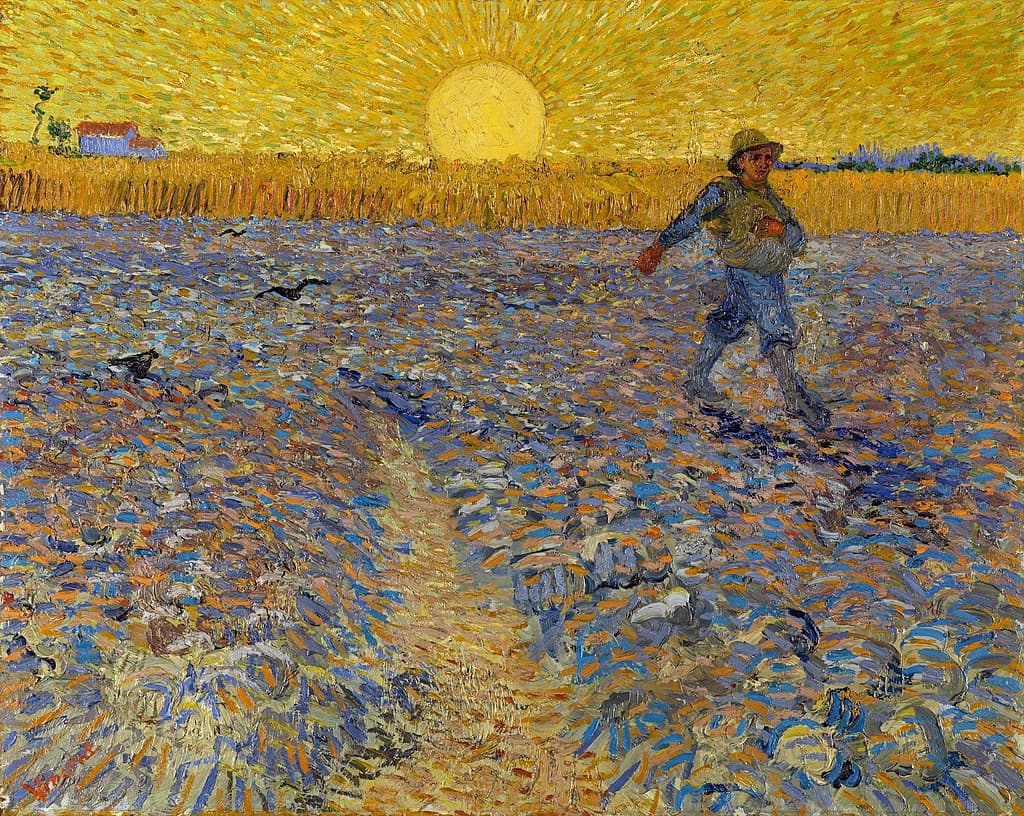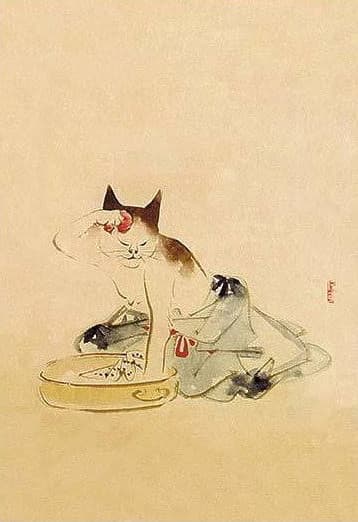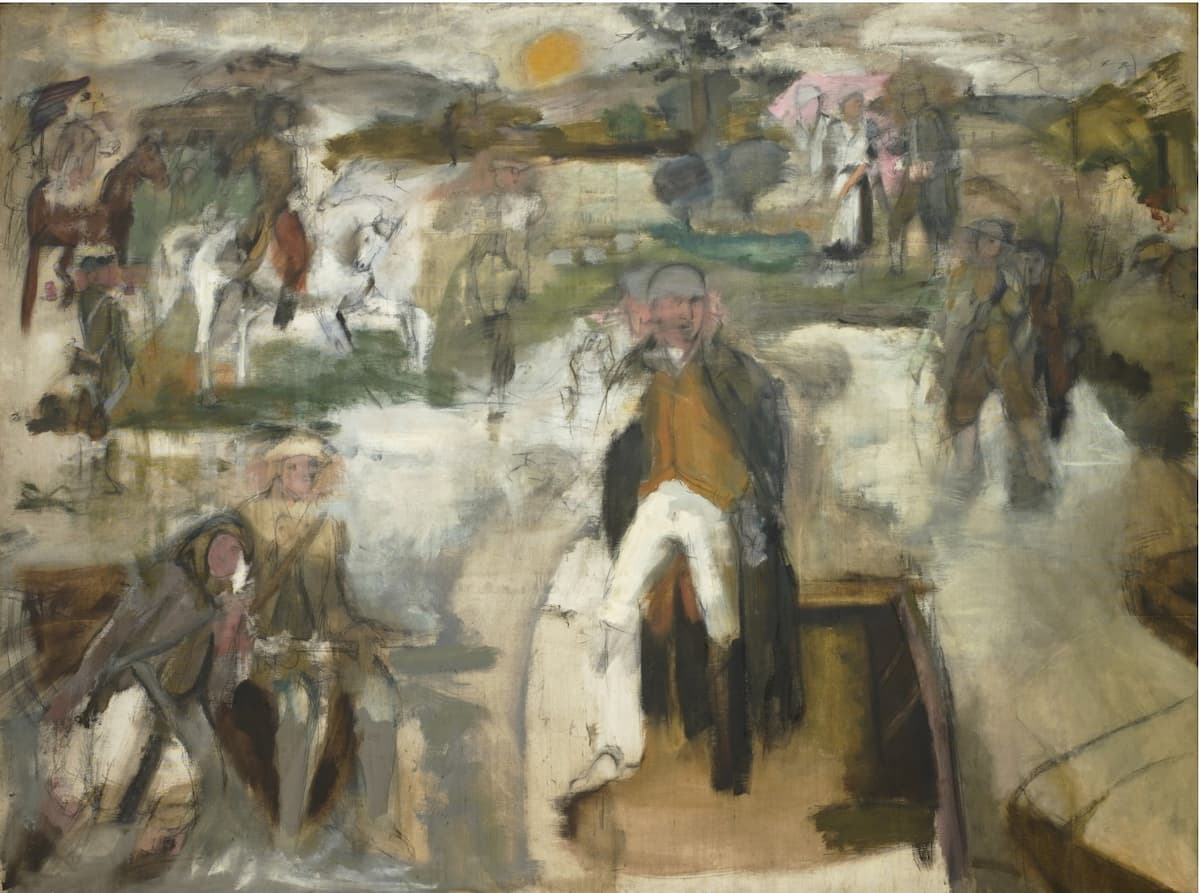Melcher Melchers: La Kermesse Inspired by Peter Paul Rubens In his frolicking picture La Kermesse, Peter Paul Rubens gives us a village festival that takes over the entire foreground of the painting. Though at one time to be a picture
Painting
John Zorn’s Musical Work La Machine de l’être Inspired by Antonin Artaud French actor and writer Antonin Artaud (1896–1948) tried to move early 20th-century theatre away from its reliance on text and towards more primal expressions of sound, movement, and
Eleanor Cory: O’Keeffe’s Flora Starting in the mid-1920s, American artist Georgia O’Keeffe (1887–1986) started her 30-year exploration of flowers. By taking something that might be quite small and painting it multiplied by many times, she found a way to make
What was the music held by the Duke in Goya’s “José Álvarez de Toledo”? Around 1795, the Spanish painter Goya painted a picture of his patron, Don José Álvarez de Toledo Osorio y Gonzaga, 11th Marquess of Villafranca, Grandee of
Nell Shaw Cohen: The Course of Empire The English-born American artist Thomas Cole (1801–1848) was the first significant American landscape painter and was the founder of the Hudson River School in New York in the mid-19th century. Although his highly
In his 1990 opera Vincent, Finnish composer Einojuhani Rautavaara (1928–2016) took scenes from the life of the artist Vincent van Gogh (1853–1890) and, to his own libretto, created a work that starts in the mental hospital at Saint-Rémy, where he
Alan Hovhaness’ Piano Sonatas Inspired by Paintings of Cats Cats were the favourite creatures of the Ukiyo-e (floating world) painters. They were shown in all kinds of attitudes: caught up in hunting, caught up in clothing, washing, playing, sleeping, in
Poetry and Music Inspired by “Washington Crossing the Delaware” In 1953, the New York painter Larry Rivers, considered the either Godfather or Grandfather of Pop art, took up an All-American subject, General George Washington’s crossing of the Delaware. To most

